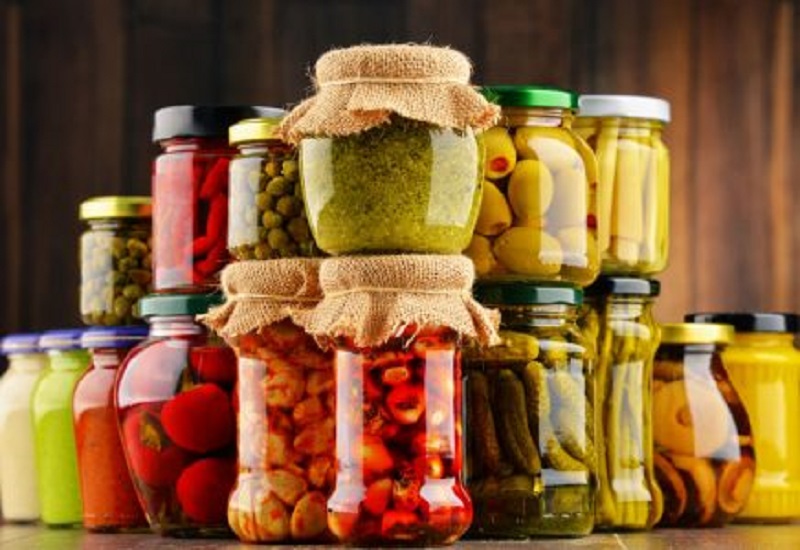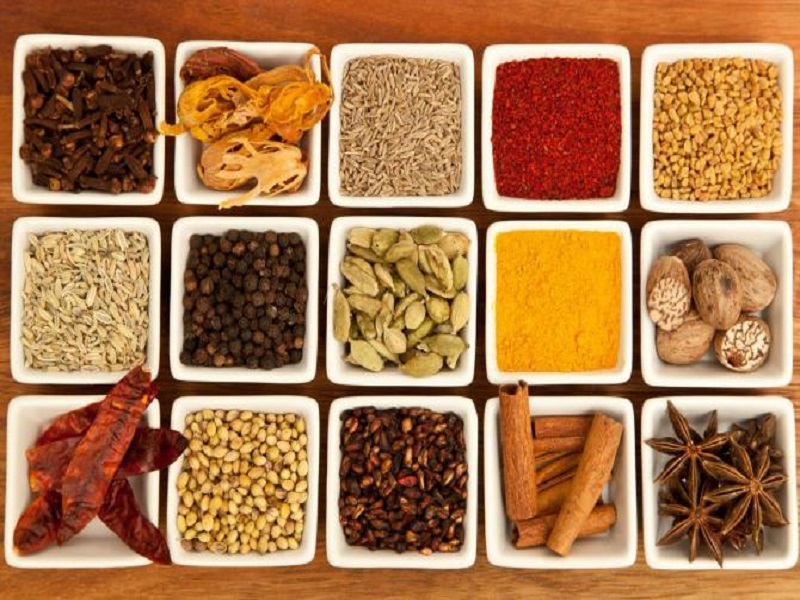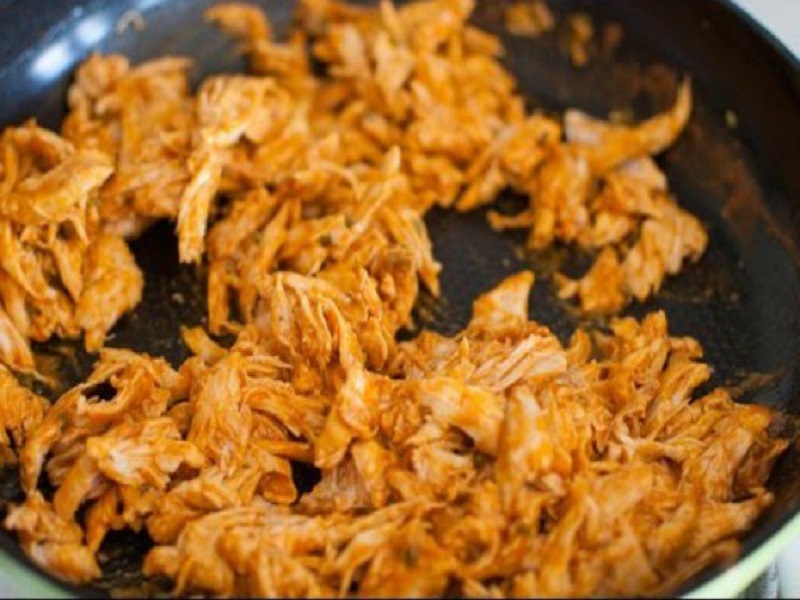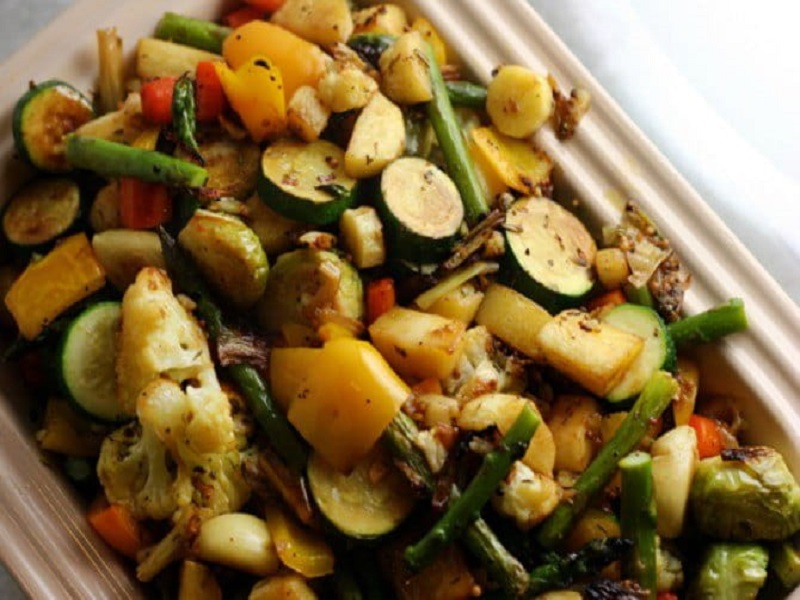via firstcryparenting: A woman’s diet during pregnancy is of utmost importance as it not only gives energy to the mother but also the baby. As it is the only source of nourishment for the growing foetus, the diet of a woman needs to be well balanced. Care should be taken to include only those items that will not harm the mother and the baby.
Is Eating Spicy Food Safe During Pregnancy
Spicy food does not affect the baby or the pregnancy. However, consuming more spicy food than what your body can bear, creates digestion, acidity and heartburn related problems.
Spicy Food During First Trimester
Consuming spicy food in the first trimester is safe and does not affect the development of the baby. The risk of early pregnancy loss is high in the first trimester, and this worries expecting mothers about side effects of consuming spicy food.
Spicy Food During Second & Third Trimester
Consumption of spicy food during second & third trimester increases the chances of experiencing heartburn and acid reflux. In the third trimester, the growing foetus causes stomach acids to revert to the oesophagus and eating spicy foods could aggravate this condition.
How Much Of Spicy Is Good?
As long as your body can digest all those spices, it is safe to consume spicy food in limited quantities. Avoid eating spicy food outside. Instead, buy fresh spices and grind these spices at home.
What Are The Risks & Side Effects Of Eating Spicy Food?
Eating spicy food can cause digestion problems leading to discomfort in a pregnant woman. Listed below are the risks and side effects of eating spicy food during pregnancy:
- Morning Sickness: Morning sickness is very common in the early stages of pregnancy due to changing hormonal levels. Morning sickness can be aggravated by consumption of spicy food.
- Heartburn: The chances of experiencing heartburn and other digestive issues are high when you are pregnant. Spicy food will increase acid reflux and aggravate heartburn, especially in the late months of pregnancy.
If you decide to eat spicy food, pair it with a glass of milk to minimize heartburn. Honey can also help to prevent heartburn after eating a spicy dish.
Myths About Eating Spicy Food When Pregnant
There are myths attached to eating spicy food during pregnancy. Myths without any scientific backing include:
- Spicy food can have an adverse impact on your baby is a myth.
- Another myth regarding consumption of spicy food is that it can lead to pre-term labour.
- Consumption of spicy foods during pregnancy can lead to miscarriage and congenital disabilities are yet another myth without any scientific proof.
Alternatives To Spicy Foods
You can try different cuisines and dishes which are naturally spicy and tangy. Limit consumption of spicy food to moderate levels to avoid heartburn and digestion problems.
- Limit spicy dish to one per meal and change your cuisine if spicy Indian cuisine gives you heartburn.
- Thai and Mexican cuisines have spice in the form of jalapenos, chilli flakes and oregano which are much milder than spice in Indian food and hence can be a worthy alternative.
- Give preference to home cooked food as you can regulate the quality and quantity of spices used in food.
Tips To Take Spicy Food In Right Manner
To make sure that you are not adversely affected by the dangers of spicy food, you must consume them in a proper manner.
- Consume spices which are branded and approved by food certification authorities.
- Do not consume spices which are sold loose as they may be impurities such as brick powder.
- If you are consuming new spices, start by taking in small quantities. It is best to buy fresh spices and grind them at home.
- Check packaging and expiry dates before buying spices from outside.
How Can You Include Spicy Food In Your Diet?
You should be cautious and selective while consuming spicy food during pregnancy. Some of the spicy food items that can be included in your diet are as follows:
- Wasabi Peas: These are hot and crunchy peas which are safe to eat and cause no harm.
- Curry Sauce: A blend of onion, garlic, chilli and all common spices, curry sauce is widely used in Indian food and is safe to consume.
- Piri-piri Sauce: It is a blend of onion, garlic, tomato and the main ingredient ‘super-hot’ African bird’s eye chilli.
- Middle Eastern Cooking Sauces: Sweet sauces made of black onion seeds, green chillies and tomato coriander.
Spicy Pickles: Available at any convenient store, small amounts of these pickles alongside your food is safe and can satiate your craving for spices.
Pepper: One can try out pepper based soups whenever you have a cold due to low immunity. The anti-bacterial properties of pepper along with its spicy effect make it an ideal spice during pregnancy.








